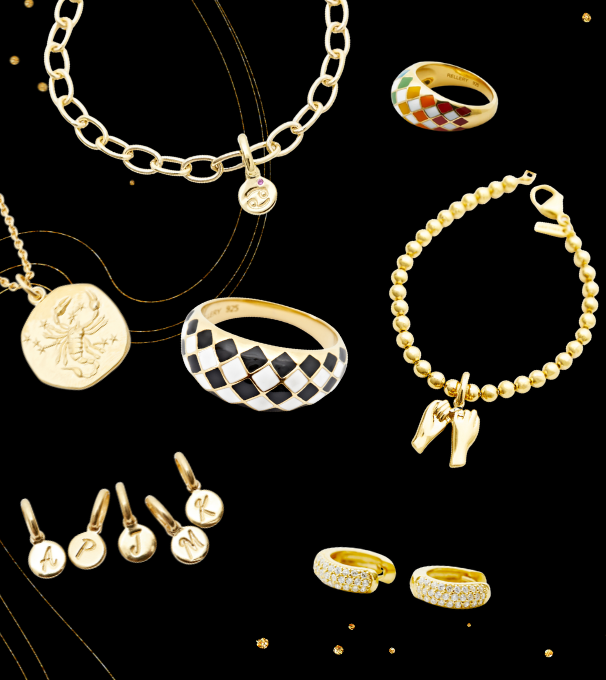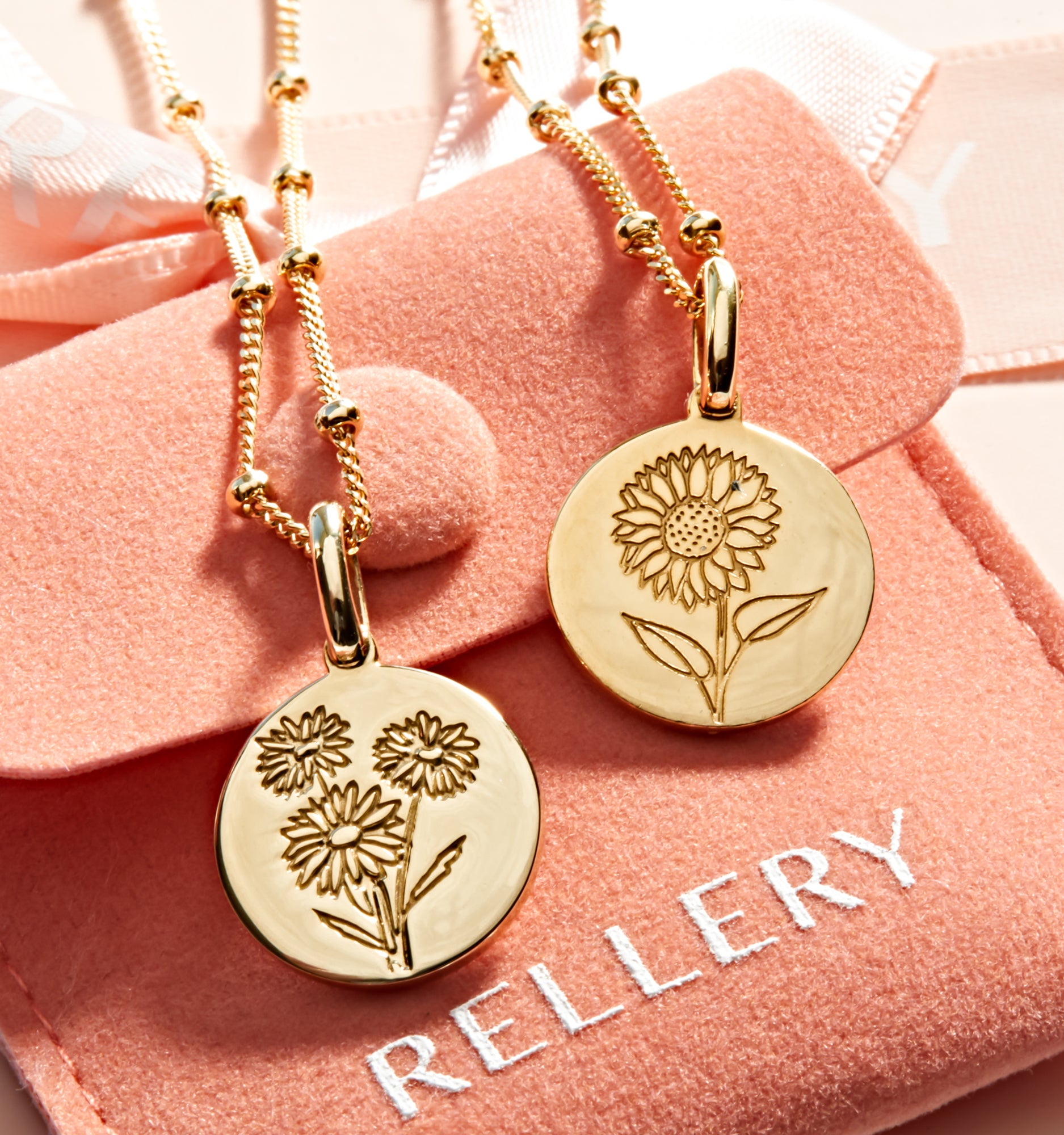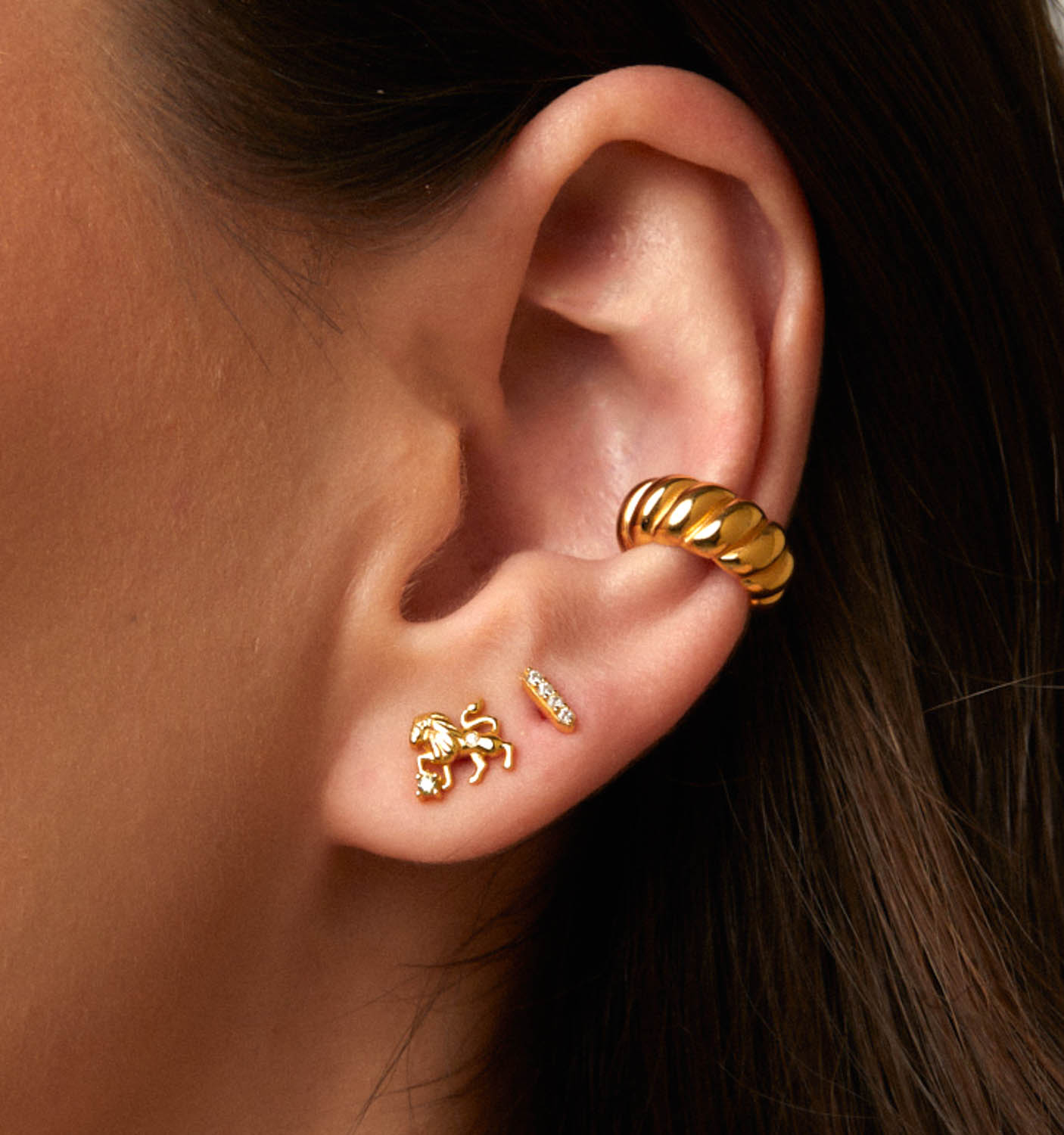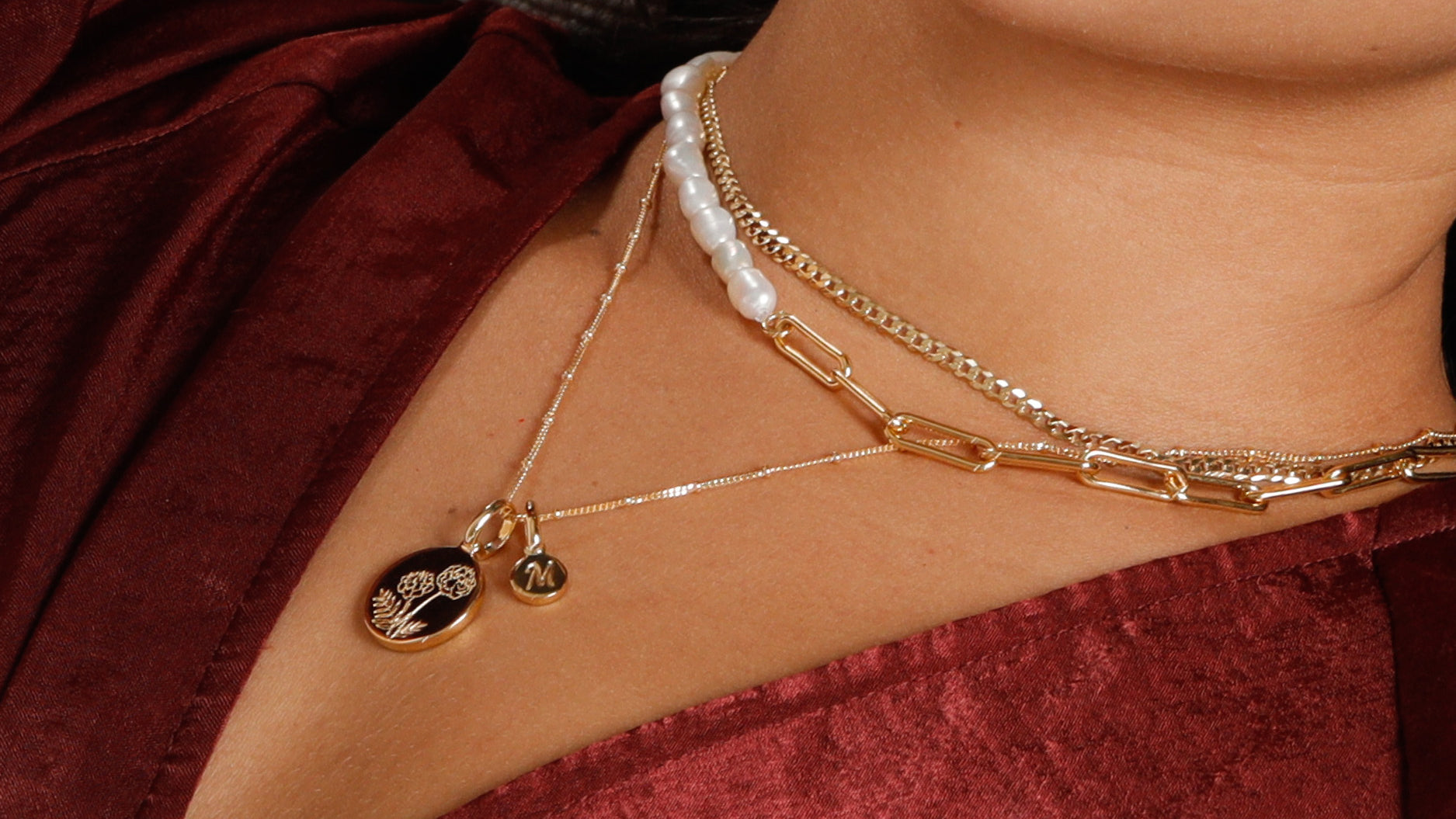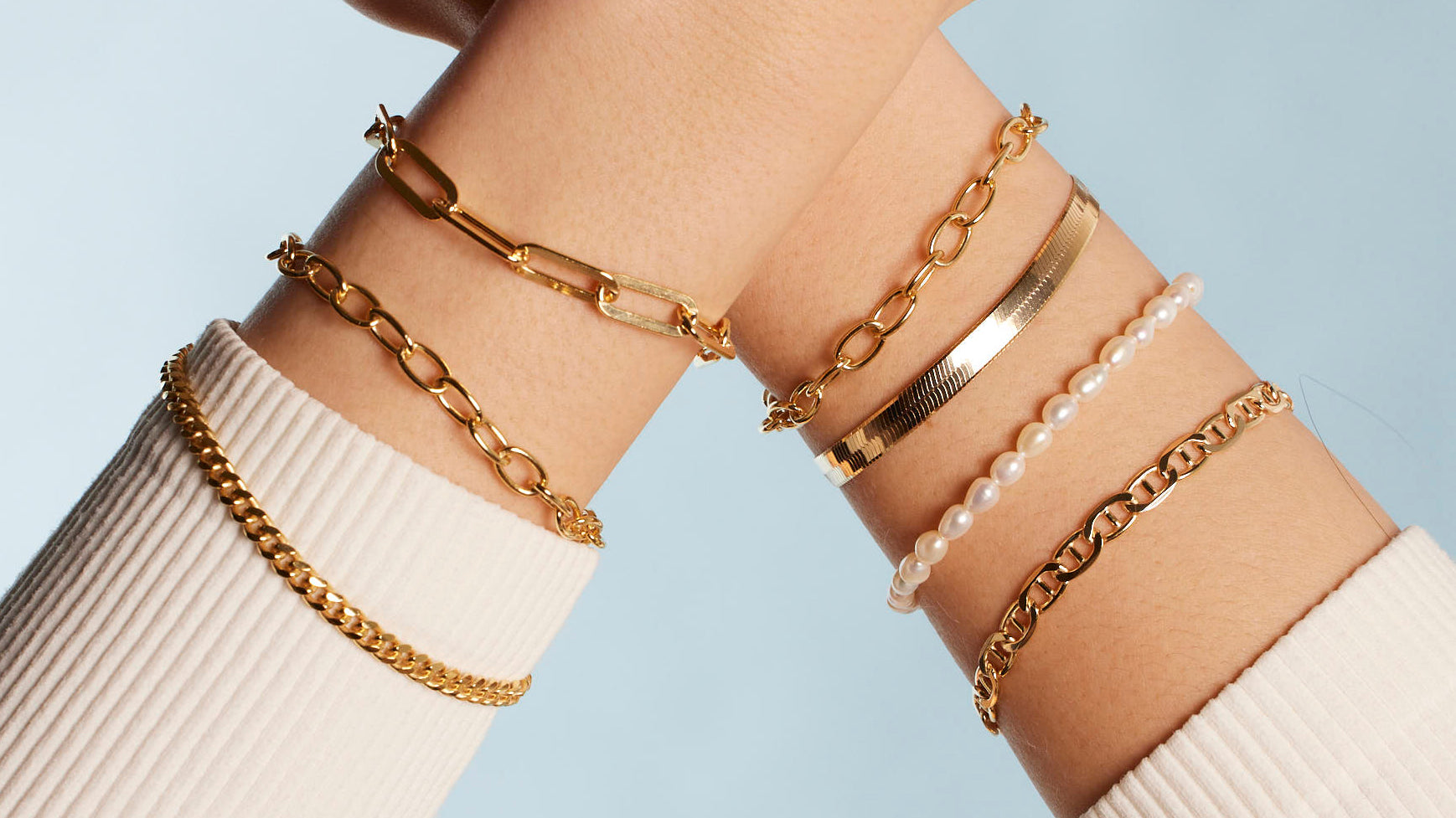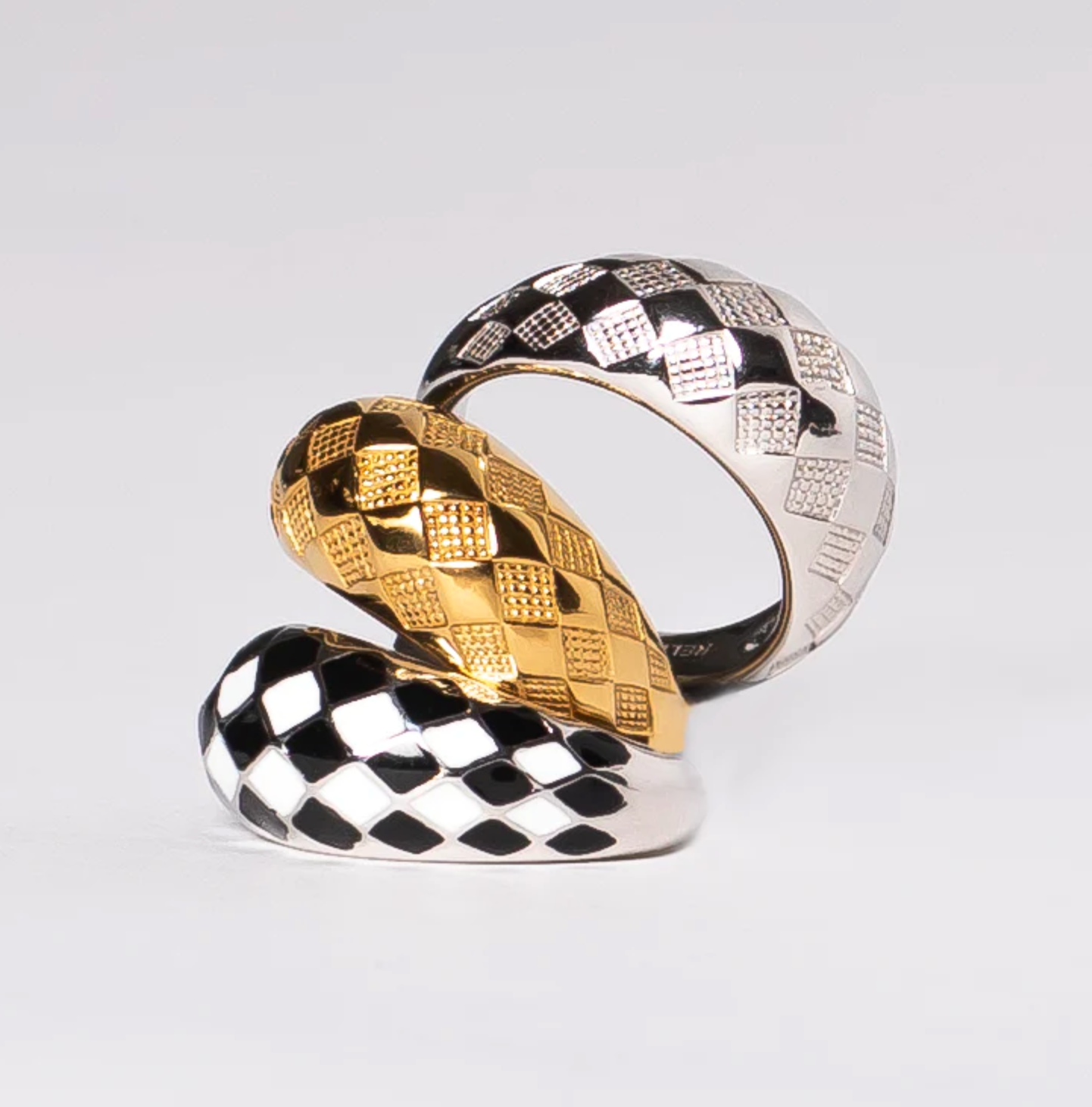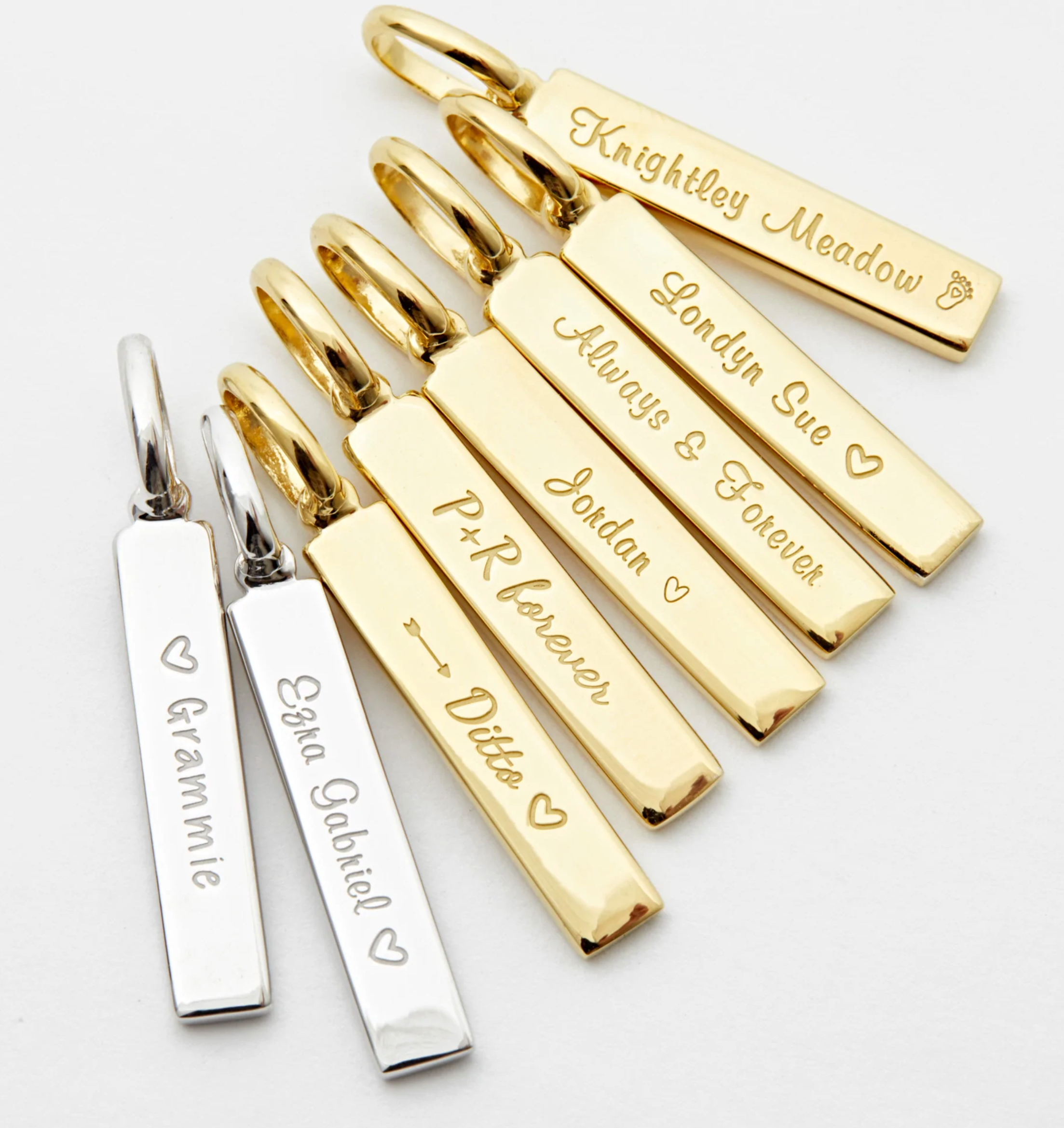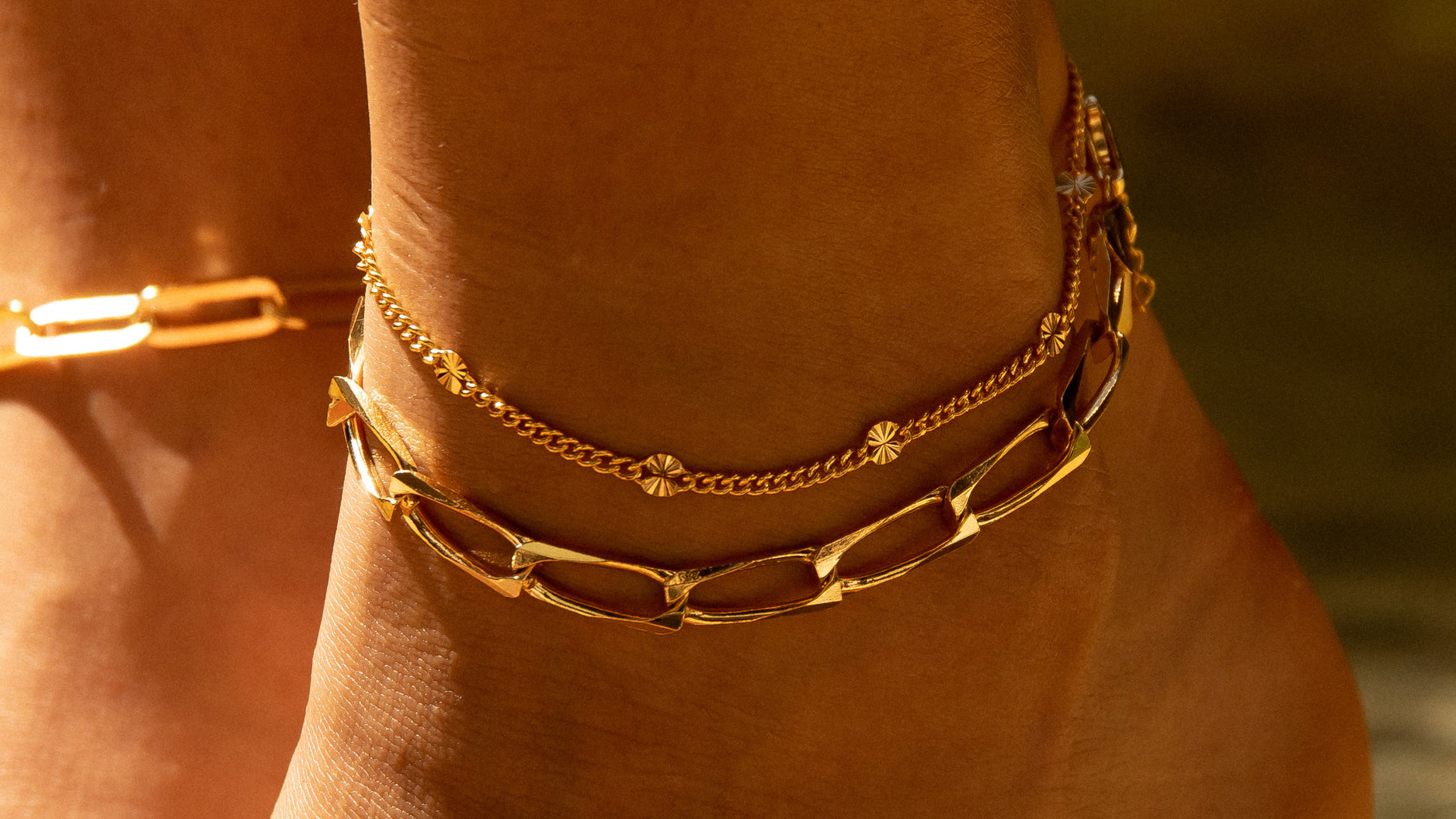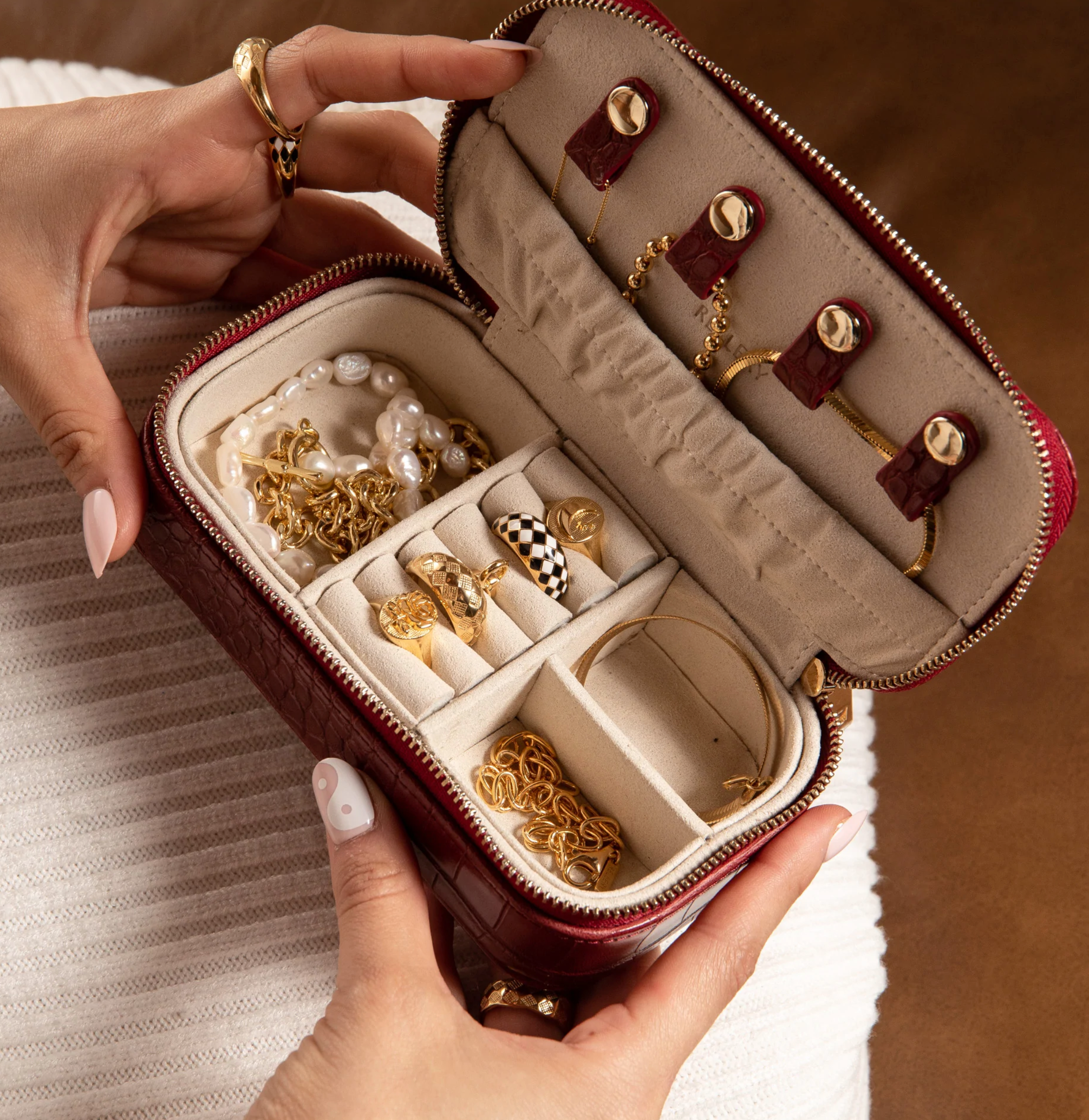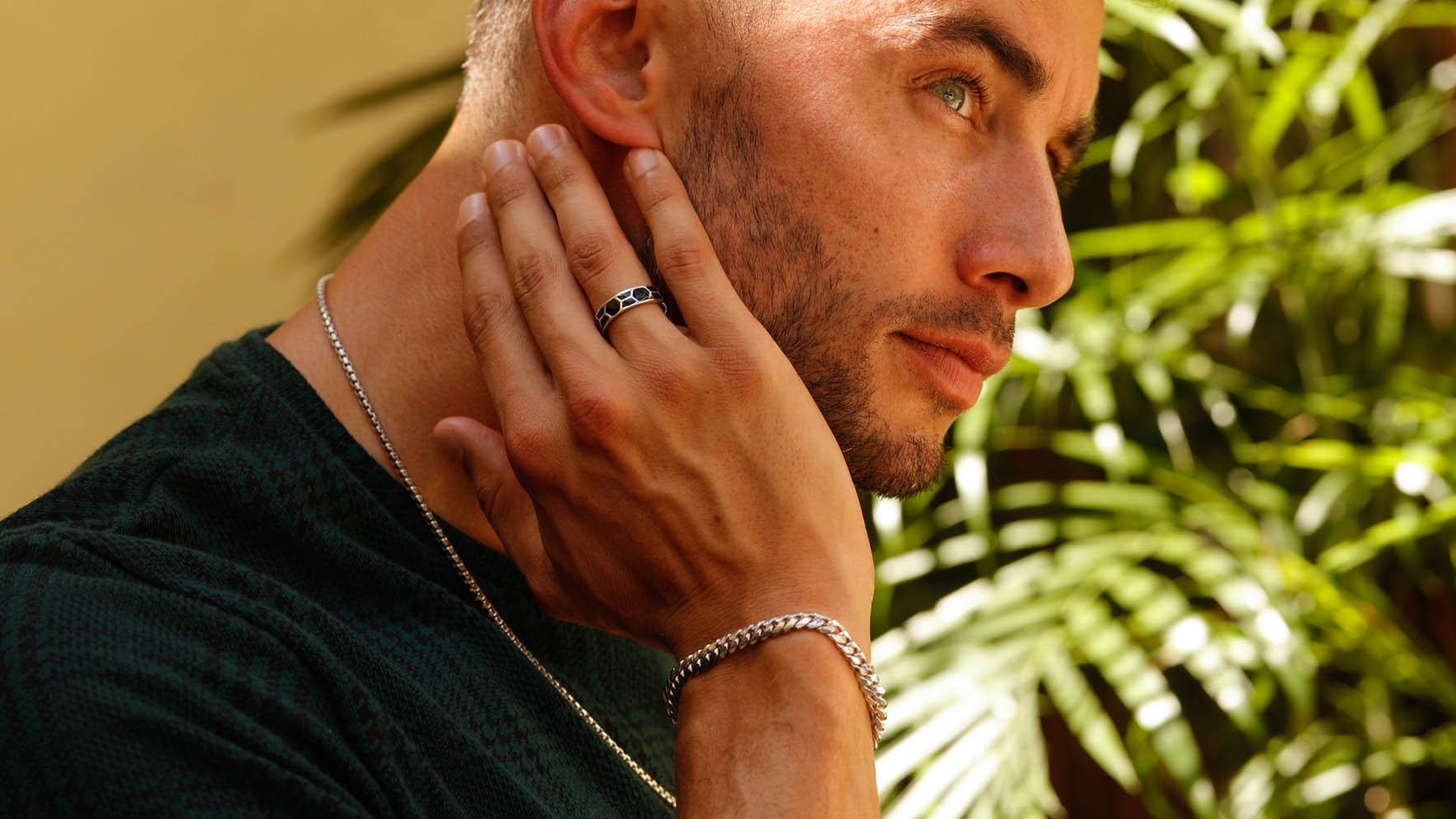Did you know that everyone has a birth flower in addition to having a birthstone? If you haven’t checked yours already, you are definitely missing out on having a fun and chic way to show off your personality and style, especially through jewelry.
Birth flowers are associated with the 12 individual months of the year and have many proposed meanings for those born during that month that goes along with the birth flower’s properties.
The idea behind the creation of the birth flowers guide goes all the way back to the language of flowers, or better known as Floriography, which was introduced in England in the early 18th century by Mary Wortley, whose husband was the Ambassador to Turkey.
Since then, birth flowers have grown in popularity and are a must-have when choosing unique charms to show off your style and personality.
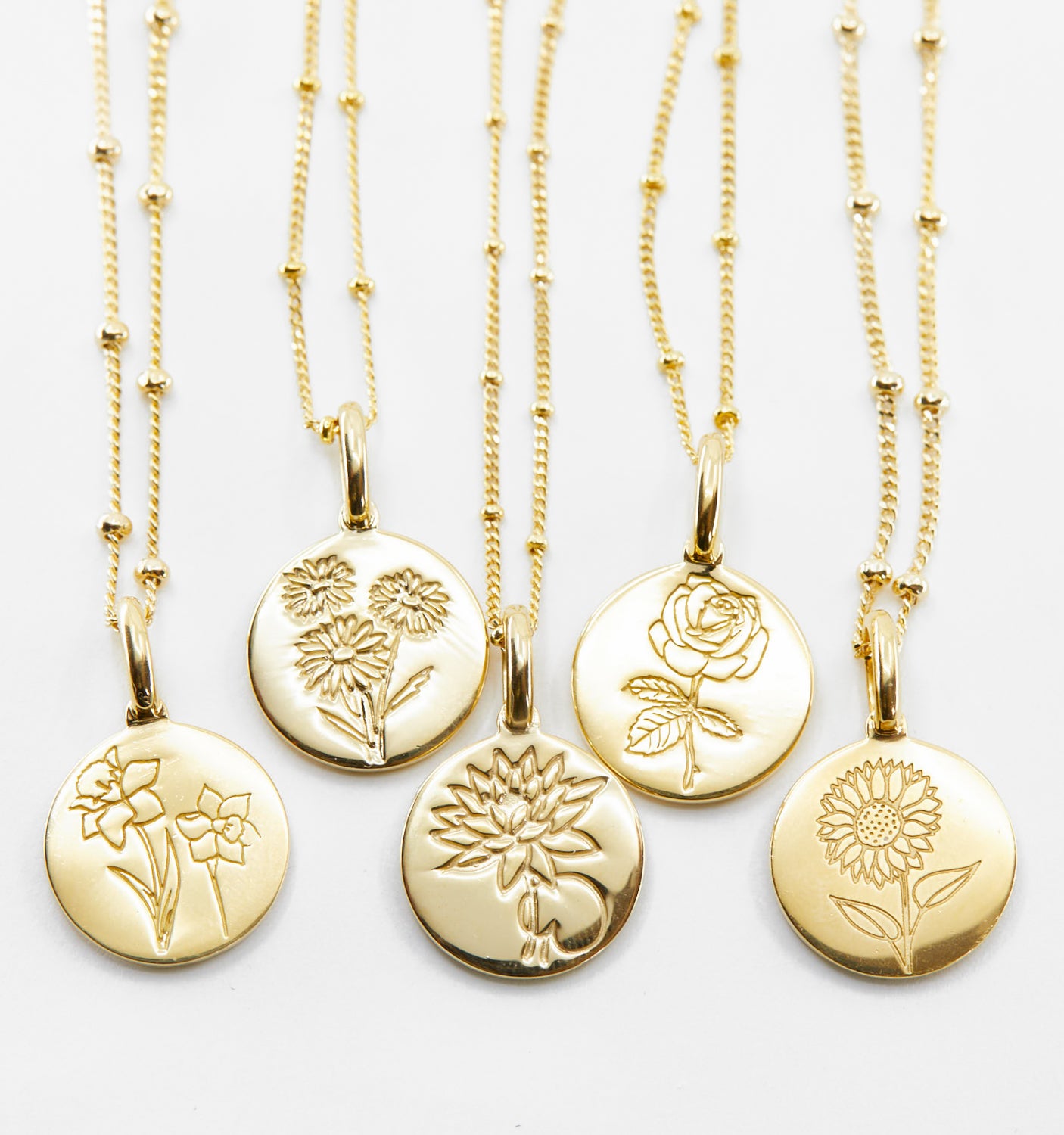
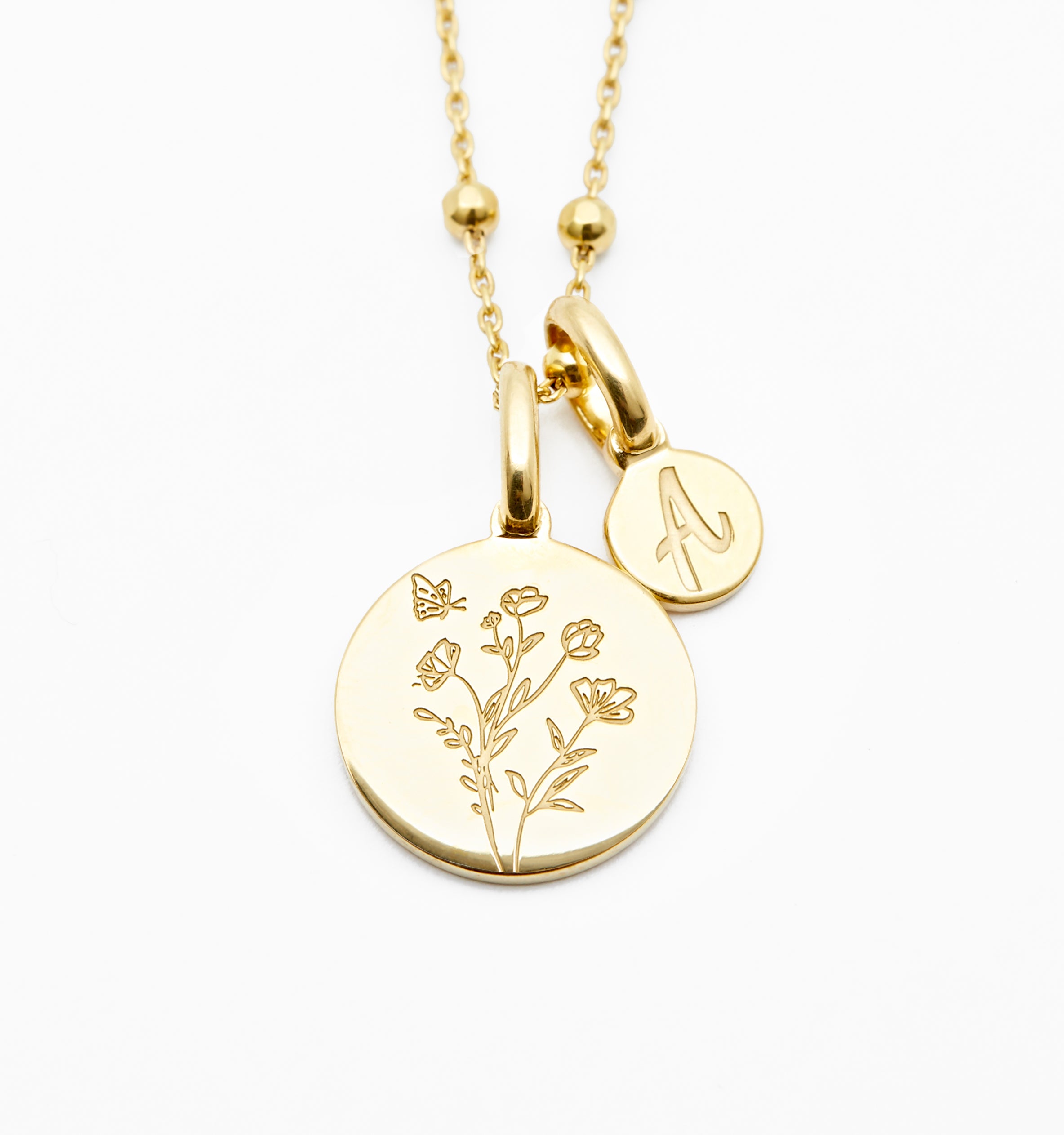
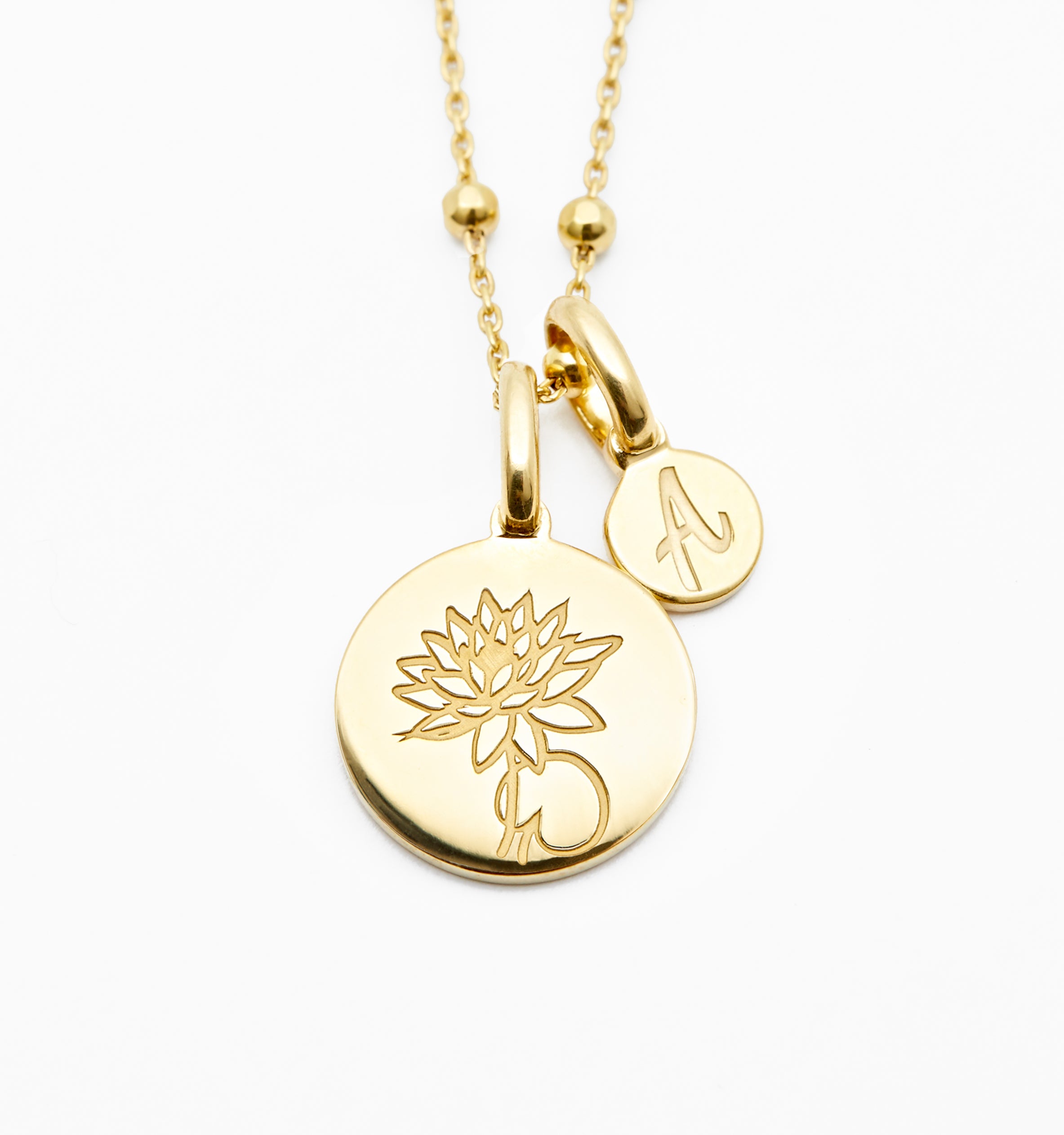
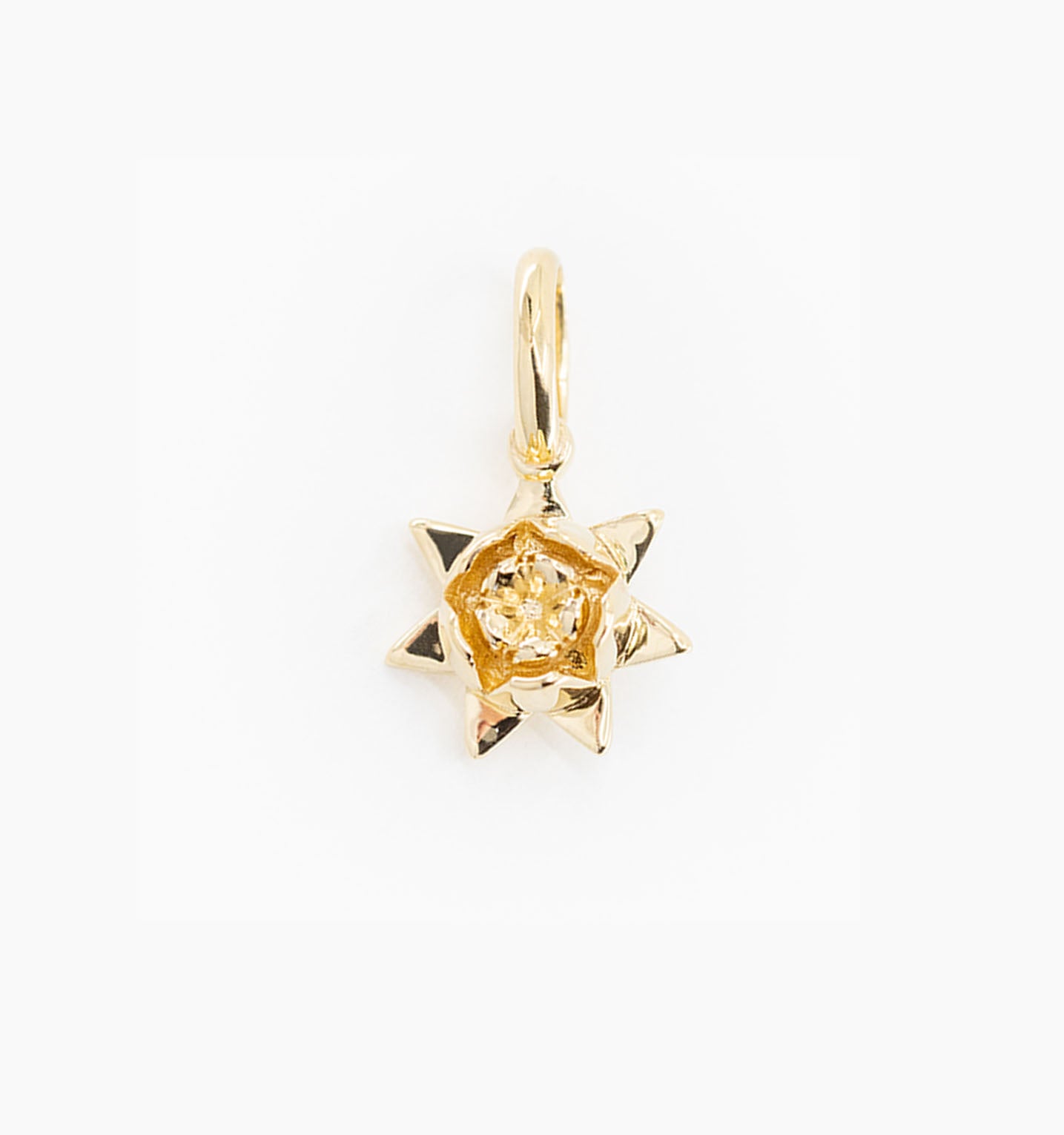
Curious about what your own birth flower is? Check out the 12 different birth flowers below to learn more about your own.

January: Carnation (Dianthus caryophyllus)
The Carnation is a symbol of love, fascination and distinction. The Carnation is a color standout during the cold month of January and can express different things depending on their shade. For example, pink is considered a sign of affection, red as “I love you”, and white as “pure love”. Carnations can also be used as a sign of hope and rebirth.
Personality traits include genuine and humility. You are also considered loyal and a fierce love for your friends and family.
February: Violet (Viola)
Violet is a symbol of modesty and innocence, which made them wildly popular during the Victorian Era. Violet also conveys symbols of faithfulness, wisdom and hope. Violets also hold the meaning that you are easy to trust and will also be truthful. Violets, surprisingly, also come in shades of white.
Personality traits include wisdom and mysteriousness. You are probably also a dreamer and it may take a while for you to open up to others when in a new environment. However, when you do, you will be the definition of loyal to those you open up to.
March: Cherry Blossom (Prunus serrulate)
Cherry Blossoms are symbolic of the coming of Spring and considered a time for renewal. Although they are very short lived, they have a beautiful bloom when they do, thus making them symbols of mortality, mindfulness and living in the present with others. They also symbolize love, beauty, strength and sexuality.
Personality traits include happiness and optimism. You are probably an inherently happy person who values respect and is considered rejuvenating to others because of your full of life personality.
April: Daisy (Bellis perennis)
Ah, the Daisy. Not only a beautiful name bestowed to children by their parents but a remarkable flower as well. The daisy symbolizes youth, purity and innocence. These simple flowers bring about optimism and give you the ability to see a silver lining any situation, no matter how bad it may be. The bright colors of Daisy also complement its optimism by also symbolizing playfulness.
Personality traits include playfulness, transformation, cheer and optimism. You are probably a bit of a trickster around your friends, but also are always someone they rely on to brighten the mood.
May: Lily of the Valley (Convallaria majalis)
The Lily of the Valley should need no introduction as its beauty speaks for itself. Considered the epitome of love and appreciation, Lilies can also be considered love, passion, beauty and perfection. It is also considered to signify inner peace and joy as it pops up after Spring to bring in the coming Summer months. Other symbols of the Lily flower include purity and cuteness.
Personality traits include joy, practicality and sweetness. You probably enjoy classic and nostalgic things and are considered sweet natured and poised.
June: Rose (Rosa)
The classic Rose is the birth flower for June. The Rose is the symbol of romance as well as honor, beauty, passion and achievement. This classic Valentine’s Day present is also synonymous with the Greek goddess of love, beauty and passion - Aphrodite. However, interestingly enough, the Romans associated the Rose with Venus, the goddess of love and romance.
Personality traits include being naturally romantic and being able to get along with others. You are also full of passion and love for others.

July: Lotus (Nelumbo nucifera)
Lotus, known as the flower of enlightenment, is the birth flower for July. The lotus is also considered a symbol of purity, self-regulation, self-generation and rebirth. The Lotus is known for being the perfect example of the strong will of humans; even when its roots are in the dirtiest waters, the Lotus still always produces a beautiful flower.
Personality traits include wisdom, high-achiever and resilience. You are a self-motivated person who can overcome any and all odds who comes out even stronger on the other side.
August: Poppy (Papaver)
The bright and bold birth plant for August is the Poppy. The Poppy symbolizes remembrance and peace. It also comes in a variety of colors with each color having a different meaning. For example, white represents consolation, red represents happiness, and yellow represents prosperity. In Japan and China, the Poppy flower also represents the passionate love a couple has for each other.
Personality traits include happiness, strength of character and imaginative and creative. You are a dreamer, head in the clouds, but that is not always a bad thing. You are also very creative, which others always take note of when around you.
September: Peony (Paeonia)
For September babies, the colorful Peony is your birth flower. The Peony is known as a symbol for honor, wealth, romance, beauty and bashfulness. The Peony is also known as a cultural tradition in some countries and due to its ability to always return every Spring, gives it a magical and mystic reputation for gardeners and floral enthusiasts.
Personality traits include bashfulness, cheerfulness and friendliness. You are a very cheerful, though at times bashful, person. However, that just adds to your mystic, much like the Peony itself.
October: Marigold (Tagetes)
October has the honor of having the Marigold as its birth flower. The Marigold is a symbol of warmness and fierceness. Marigolds also signify elegance and devotion within those who have it as it’s birth flower. In addition to these traits, Marigolds are known to solicit protection, comfort and healing.
Personality traits include strength, warmness, fierceness and loyalty. Someone with the Marigold as their birth flower is warm, but can be fierce then they need to be.
November: Mums (Chrysanthemums)
Chrysanthemums, also known as Mums, are considered symbols of compassion, friendship and joy. Mums also have different types of meanings that are associated with its different colors. For example, red love and deep passion, white is for innocence and yellow can represent unrequited love, which we hope you never have the embarrassing experience of gifting someone you have a crush on. Also, according to Feng Shui, Mums are supposed to bring happiness and laughter and happiness into your house.
Personality traits include compassion, friendliness, and honesty. You are a good-hearted person who values friendship and honesty while also always showing compassion for others.
December: Daffodil (Narcissus)
For winter babies, the Daffodil is your pick of the birth flowers. Properties of the Daffodil include prosperity, hope, clarity and inspiration. Daffodils are especially known for their clarity as it is said that if someone is feeling confused about life, a Daffodil will bring them much needed clarity. In addition to creating a sense of clarity, Daffodils are also thought to give off a sense of direction to those who need it most.
Personality traits include compassionate, sensitive, artistic and practical. You are very level-headed and also have sage advice for those who come to you.
Now You Know!
Pretty neat stuff, right? Which flower are you, and do you think your description matches you?
If this has tickled your fancy as much as it did for us, check out our Flower Power Collection and get yourself a piece of jewelry that uniquely reflects you and your story!
Sources:
https://www.invaluable.com/blog/floriography/
https://www.serenaloves.com/blogs/wellness-blog/can-i-benefit-from-using-feng-shui-principles



